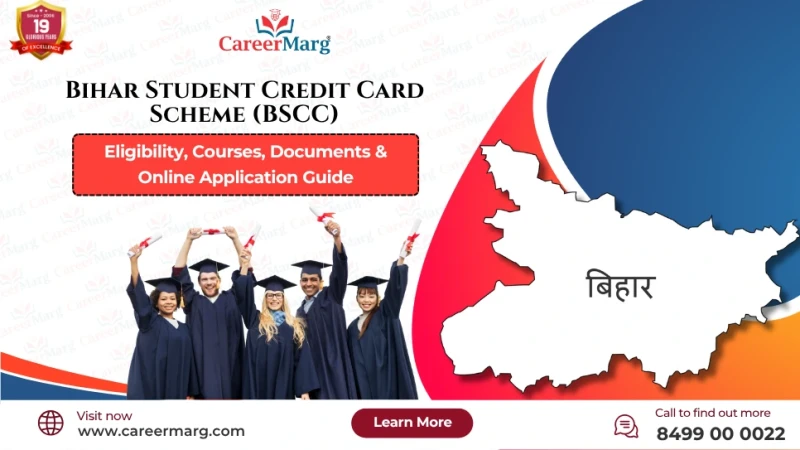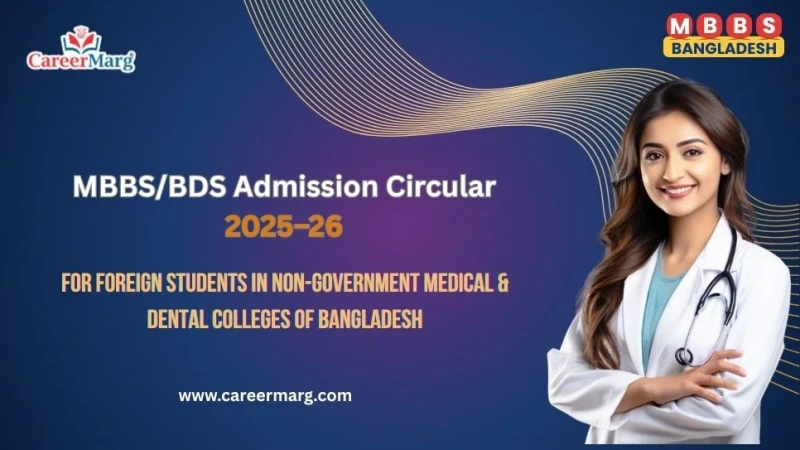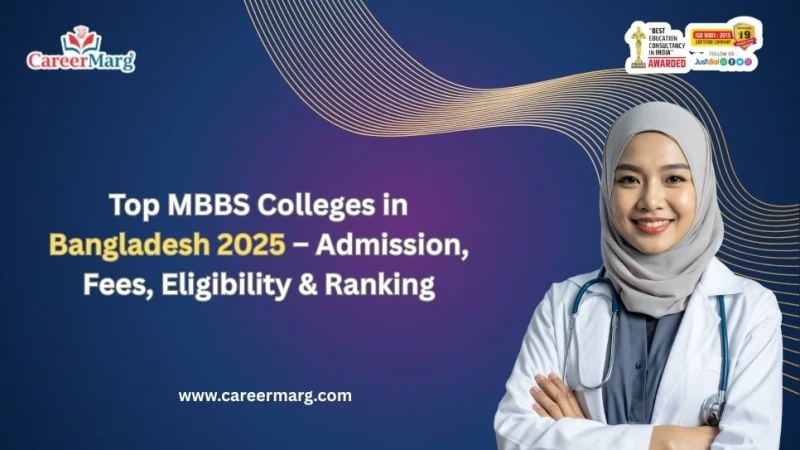India’s No. 1 Online Admission Portal Apply Now
India’s No. 1 Online Admission Portal Apply Now

The healthcare education system in Nepal needs to overcome hurdles. It persists in developing creative solutions to address the healthcare requirements of its population. This article delves into the factors that influence Nepal's approach.
Medical education in Nepal has been shaped by the country's geography and limited resources. With few doctors serving a dispersed rural population across mountainous terrain, Nepal has had to adapt its medical training to prepare doctors for remote practice.
Some key facts about medical education in Nepal:
Nepal's approach focuses on increasing access, quality, and relevance to treat patients in remote Himalayan villages.
The most common medical degree is the Bachelor of Medicine and Bachelor of Surgery (MBBS):
Besides the standard MBBS, Nepal offers some specialized degrees:
These equip students with competencies to address community health needs. Graduates can also pursue MD/MS degrees for specialization.
Nepal's outcome-based MBBS curriculum has distinct components:
Pre-Clinical Foundation
The first 2 years deliver core fundamentals:
Clinical Rotations
The next 3 years involve rotations in:
Rural and Community Focus
Specialized training prepares for rural practice:
Competency Development
Internship
This curriculum prepares graduates for remote mountain medicine.
Nepal uses varied pedagogies in medical schools:
However, specialized technology and simulation still need to be improved, especially in remote mountain regions, due to infrastructure constraints across the challenging terrain.
Nepal's medical schools grapple with considerable challenges:
Inadequate Resources
Difficult Access
Language Disparities
Student Hardships
Quality Issues
Nepal is working to reform the medical curriculum and teaching methods:
These innovations aim to prepare doctors better while increasing retention.
Looking ahead, Nepal may modernize medical education by:
Please visit our page MBBS In Nepal to know more details.
Conclusion
Nepal has a unique approach to medical education shaped by geographical and social needs within communities. By balancing rigorous foundations with adaptability and ingenuity, Nepal's medical schools strive to overcome challenges and supply rural regions with skilled, dedicated physicians. The future lies in blending time-tested medicine fundamentals with targeted innovations to serve the Nepali people.
No Comments Found

The Bihar Student Credit Card Scheme (BSCC) is one of the most important Bihar government schemes for students after 12th. It provides an education loan of up to ₹4 lakh to help students pursue engineering, diploma, B.Tech, MBBS, nursing, BBA....

Dreaming of becoming a doctor but tired with cut-throat competition, sky high fees of private colleges and limited government seats then MBBS from Bangladesh can be your escape.Every year thousands of Indian medical aspirants are turning to MBBS from....

Bangladesh has become one of the most affordable and NMC-approved destinations for Indian students seeking quality medical education abroad. With low tuition fees, a similar curriculum to India, and a 5-year English-medium program, studying MBBS in Bangladesh is now the....

Bangladesh has become one of the most preferred destinations for international students wishing to pursue MBBS or BDS abroad mostly those from India, Nepal, and other SAARC countries. Every year, the Directorate General of Medical Education (DGME), Bangladesh, publishes an....

Taking up MBBS in Bangladesh 2025-26 is at present the best possible option for Indian students who want to go to a foreign country for medical education that is not only of good quality but also affordable. The presence of....